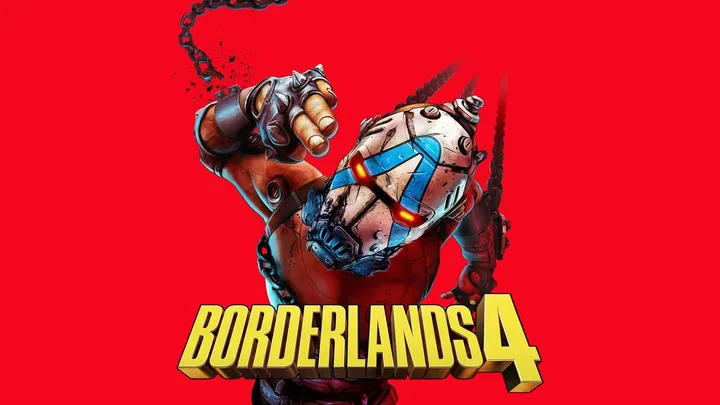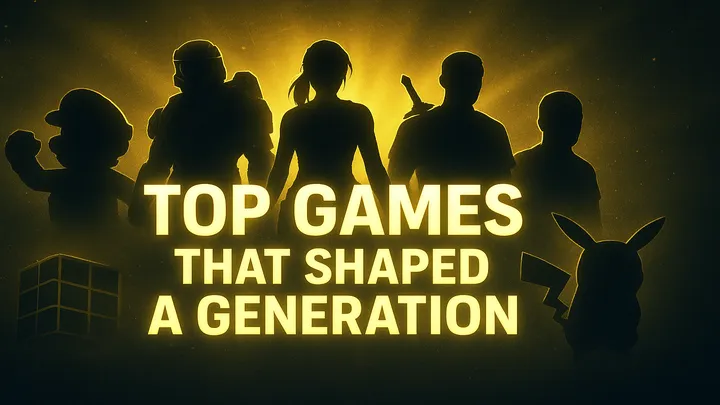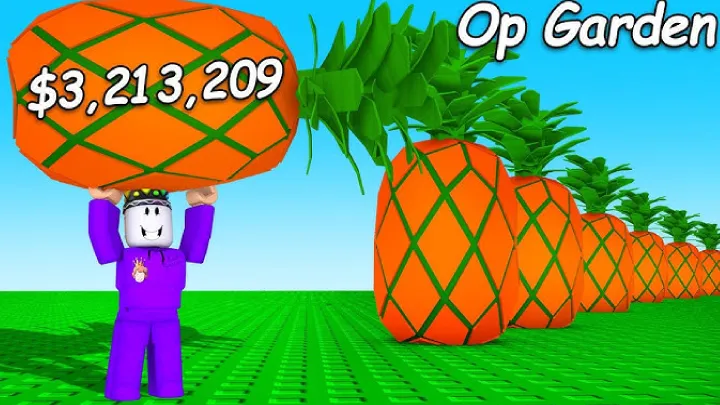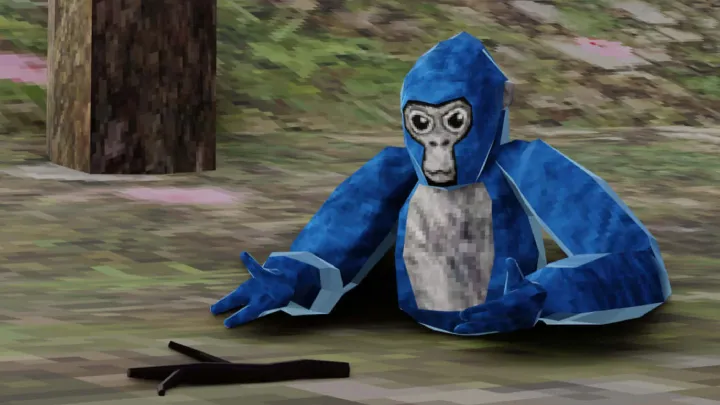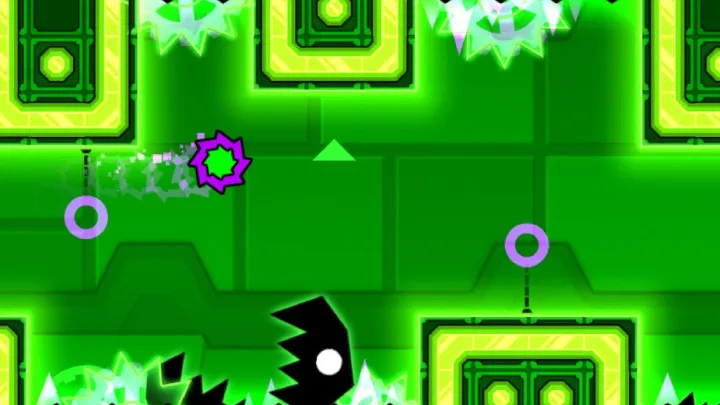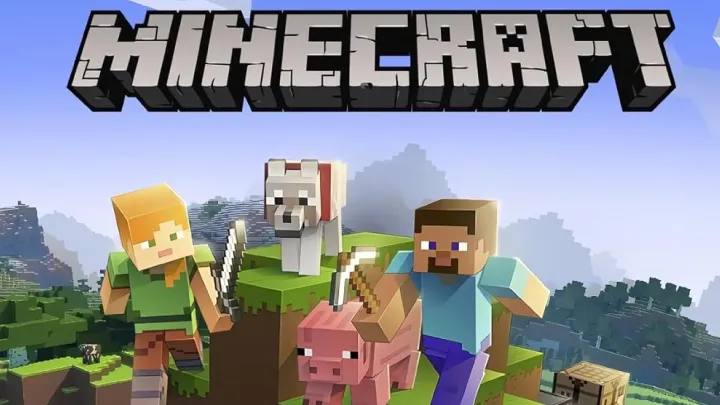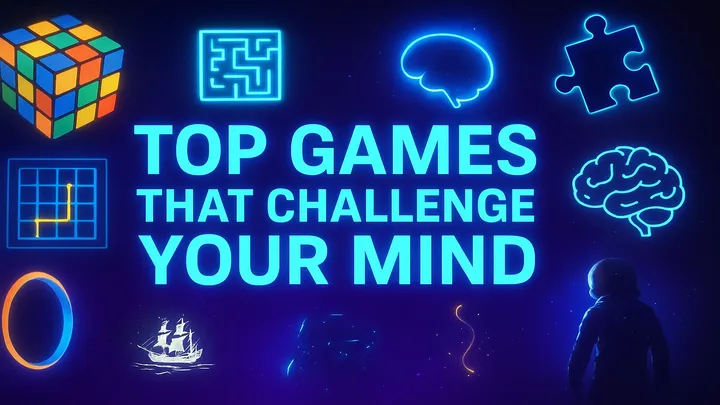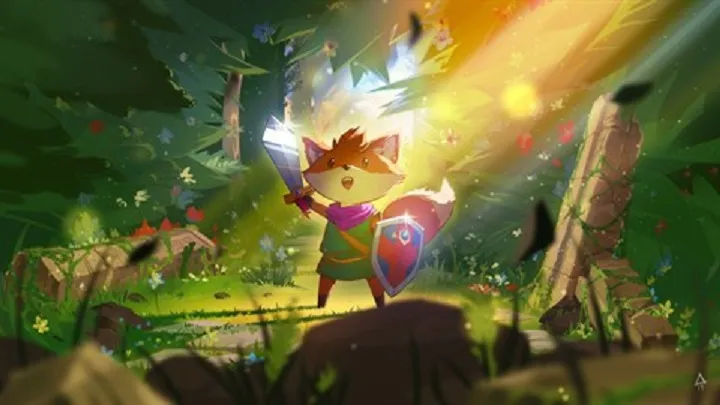Introduction
Blue Prince is an indie roguelike strategy game that gained attention for its blend of procedural generation, tactical exploration, and castle navigation. Its unique premise places players in an ever-shifting castle where each step could lead to treasure, traps, or unforeseen dangers. However, one specific issue has sparked significant discussion in the community: the balance between randomness and player control.
At its core, Blue Prince thrives on unpredictability, but the heavy reliance on random mechanics often leaves players feeling powerless. This article explores this issue deeply, tracing how randomness influences the player journey, how it creates both tension and frustration, and what lessons the game offers for balancing chaos with agency in roguelike design.
Early wonder The first steps into the shifting castle
At the start of Blue Prince, players are filled with awe at the game’s procedural design. Every room feels mysterious, and the unpredictable architecture creates suspense. This first contact with randomness feels refreshing — the game seems to promise infinite replayability.
Yet, even in these early moments, players quickly realize that randomness is not just a design feature but the central mechanic shaping every outcome. Rooms may generate with no useful resources, leaving players struggling before the adventure truly begins.
Learning the system Adapting to unpredictability
As players spend more hours with Blue Prince, they start to adapt to the unpredictable castle layout. They learn patterns, probabilities, and strategies to mitigate bad luck. This stage of the journey is rewarding because knowledge creates a sense of mastery.
However, no amount of adaptation completely shields players from randomness. A perfectly executed strategy can still crumble when the game spawns a sequence of traps or barren rooms, creating the feeling that skill alone is insufficient.
The illusion of choice When decisions feel hollow
One of the main criticisms of Blue Prince is that its choices often feel like illusions. While players are constantly making decisions — which path to take, what items to use, or when to retreat — those choices are only as meaningful as the random generation behind them.
If the castle spawns a corridor with no rewards, the player’s decision to explore feels wasted. This undermines the fundamental promise of strategy games: that smart decisions lead to better outcomes.
Emotional highs and lows Tension versus frustration
Randomness does create undeniable emotional highs. When a risky move pays off with a powerful relic or an unexpected escape, the satisfaction is immense. These moments of triumph are unique to roguelike experiences.
But the lows are just as sharp. Being eliminated by an unavoidable chain of unlucky rooms can feel unfair, leaving players with frustration rather than motivation. The delicate balance between tension and despair is easily tipped toward negativity in Blue Prince.
The role of luck in roguelike design
Roguelikes have always leaned on luck, but successful titles carefully balance randomness with tools for control. Games like Hades or Slay the Spire allow players to mitigate randomness through progression systems, synergies, and build strategies.
Blue Prince, by contrast, often leaves players at the mercy of the castle’s layout with limited ways to push back against chance. This makes it less about clever adaptation and more about rolling the dice repeatedly until fortune aligns.
Community response Division over fairness
The Blue Prince community is divided on the randomness issue. Some argue that unpredictability is the game’s essence — that without it, the sense of exploration would vanish. Others feel that randomness undermines skill, turning what should be a tactical game into a lottery.
Online discussions highlight this split, with some celebrating the chaos while others call for patches or updates that provide more agency. The divide reflects a deeper debate within roguelike fandom about the role of fairness in design.
Developer intentions Embracing chaos
From interviews and development notes, it’s clear the creators of Blue Prince designed randomness as a thematic choice. The castle is meant to feel alive, shifting unpredictably to evoke dread and wonder.
By embracing chaos, the developers emphasize mood and atmosphere over fairness. This artistic decision creates a distinctive experience but also limits the game’s appeal to players seeking skill-based mastery.
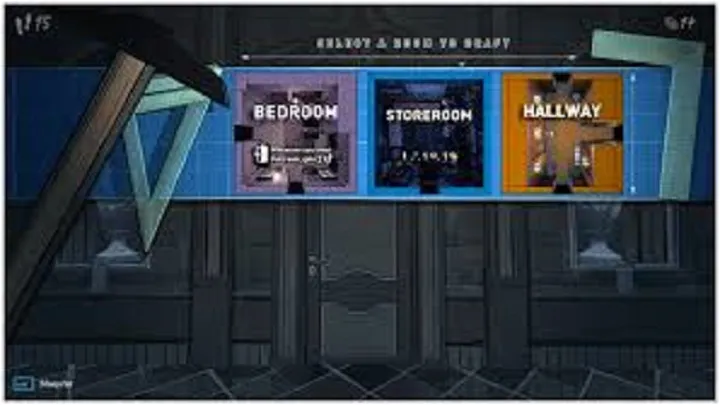
Strategies players use to cope
Despite frustrations, players have developed strategies to cope with Blue Prince’s randomness. These include:
- Conserving items until absolutely necessary.
- Mapping explored sections carefully to minimize wasted movement.
- Adopting a “loss is learning” mindset to reduce emotional frustration.
- Sharing tips and discoveries within community forums.
These strategies reveal the resilience of the player base, but they also highlight how much energy is spent on surviving randomness rather than mastering tactics.
Long-term engagement The risk of burnout
The unpredictability of Blue Prince can both extend and shorten its lifespan. For some players, the endless variety keeps the game fresh. For others, repeated losses to unavoidable bad luck cause burnout.
Without systems to counterbalance randomness, the game risks alienating its most dedicated players. Replayability should come from meaningful decisions and discovery, not from endlessly rerolling until luck favors the player.
Lessons for the genre Balancing chaos and control
Blue Prince offers valuable lessons for roguelike design. Randomness can create wonder, but it must be tempered with opportunities for player agency. Developers can take cues from Blue Prince’s atmosphere while improving mechanical fairness.
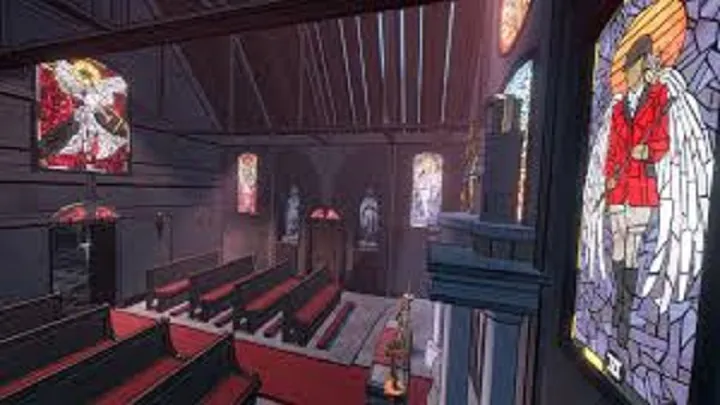
Potential solutions might include:
- Relics or items that guarantee safety in the next room.
- A limited ability to “reroll” rooms.
- More meaningful long-term progression to offset unlucky runs.
These adjustments would preserve the mystery of the castle while giving players tools to shape their destiny.
Conclusion
The core issue of randomness in Blue Prince defines both its charm and its flaw. The ever-shifting castle creates unmatched tension and wonder, but also robs players of control and fairness. By analyzing its impact from first encounters to long-term engagement, we see how the balance between chaos and agency shapes the entire experience.
Blue Prince stands as both a bold experiment in roguelike design and a cautionary tale. It reminds us that unpredictability alone cannot sustain a strategy game — players need not just mystery, but meaningful choices that reward skill.
